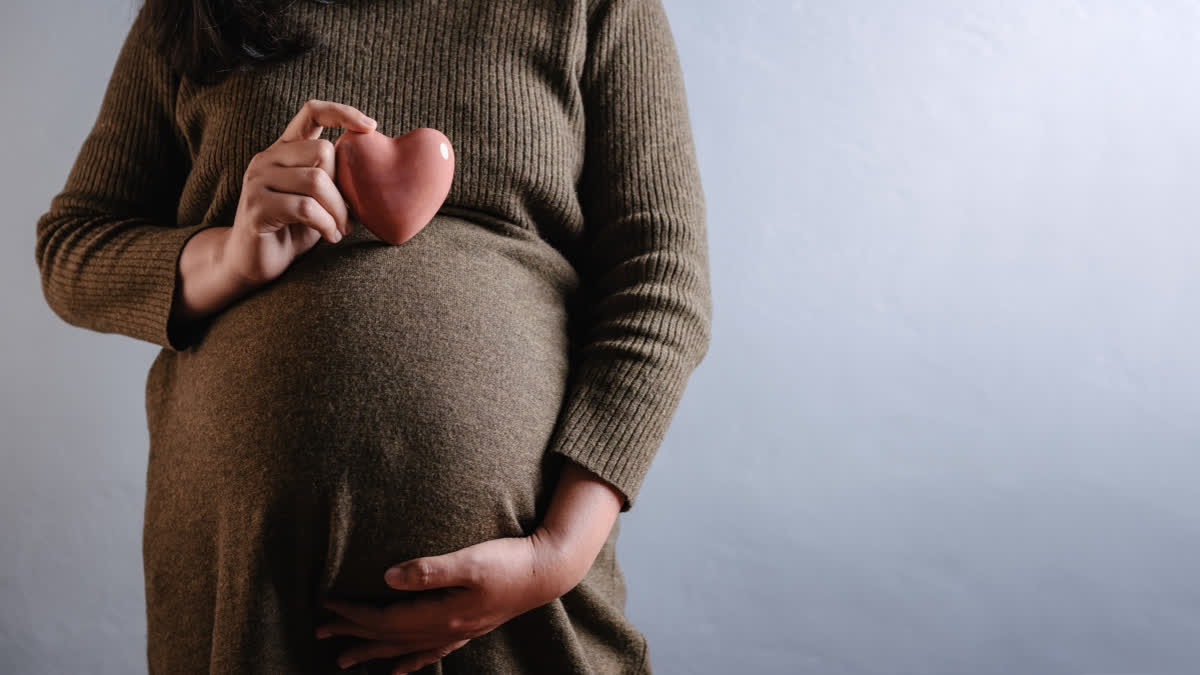The International Day of the Midwife is observed annually on May 5. It was announced in 1992 by the International Confederation of Midwives (ICM) to celebrate and create awareness about the vital role midwives play in providing care to women during pregnancy, childbirth and postpartum. International Midwives Day is a day to celebrate and highlight all of the valuable work midwives do every day.
The theme of 2024
This year’s theme is 'Midwives: A Vital Climate Solution'. Climate change poses unprecedented health challenges, especially for women and babies. As midwives play a pivotal role in reducing the effects of climate change. Climate change is the greatest health challenge of our time. Our warming planet has more heatwaves, more floods and more natural disasters that significantly impact the health of women and babies.
Putting resources and efforts into addressing the climate crisis is a matter of extreme urgency. The provision of midwifery is witnessing long awaited increase in global attention. Recognising the significant contribution made by midwives worldwide, many countries are giving centre stage to midwives to improve the quality of care, reduce “over-medicalisation” during childbirth and increase the efficient use of resources.
Midwives in climate crisis
The climate crisis in particular carries specific threats for women and girls: Research shows that hotter temperatures can lead to pregnancy complications and can cause or worsen maternal-health issues, including premature births and miscarriages. Midwives are a vital solution in adapting health systems to climate change and lowering carbon emissions overall. Midwives deliver safe and environmentally sustainable health services and are first responders when climate disasters hit. For this reason, the theme for this year’s International Day of the Midwife (IDM), is Midwives: A Vital Climate Solution.
During climate disasters, midwives can provide continuity of care, even with disruptions in infrastructure. They advocate sustainable birthing practices and educate mothers on eco-friendly choices. Globally, healthcare services emit around 5% of greenhouse gases. By offering continuity of care in the community, midwives reduce the need for avoidable travel to health facilities, thereby cutting the carbon footprint of healthcare while ensuring accessibility.
According to WHO, Midwifery is defined as “skilled, knowledgeable and compassionate care for childbearing women, newborn infants and families across the continuum from prepregnancy, pregnancy, birth, postpartum and the early weeks of life”.
Roles and Responsibilities of a Midwife
- Midwives play a pivotal role during labour and delivery. They provide emotional support, pain management techniques and guidance during this intense and transformative process. While midwives are skilled in managing uncomplicated births, they are trained to recognise and respond to possible complications.
- Midwives provide full antenatal care, including parenting classes, clinical examinations and screening.
- They identify high-risk pregnancies.
- Midwives monitor women and support them during labour and the birthing process.
- They teach new and expectant mothers how to feed, care for and bathe their babies.
- They also bear witness to role adjustments related to current human philosophy and needs, development and expanding knowledge and skills.
- In a rewarding yet challenging role, midwives work closely with families. They ensure that the options available during pregnancy and delivery include the preferences and views of the mother, along with the well-being of both the mother and the baby. Beyond maternal and newborn care, Midwives provide education, contraception, and comprehensive abortion care, giving women the choice about if and when they want to start a family. Promoting women’s rights and economic resilience helps to reduce families’ vulnerability to the impacts of climate change.
Impact of midwives:
- Midwives have been here for a very long time, even midwives are considered one of the oldest professions in the world. Evidence of Midwife practice is traced back to the Paleolithic era which is around 40,000 BC.
- Analysis conducted as part of The State of the World’s Midwifery 2021 (SoWMy) showed that midwives can help substantially reduce maternal and neonatal mortality and stillbirths in low- and middle-income countries. This analysis of the 88 countries that account for the vast majority of the world’s maternal and neonatal deaths and stillbirths showed that a substantial increase in coverage of Midwife-delivered interventions (25% increase every five years to 2035) could avert 40% of maternal and newborn deaths and 26% of stillbirths (30). Even a modest increase (10% every five years) in coverage of midwife-delivered interventions could avert 23% of maternal and neonatal deaths and 14% of stillbirths.
- Universal coverage of midwife-delivered interventions would avert 65% of maternal and neonatal deaths and stillbirths.
- The world is currently facing a shortage of 9,00,000 midwives, which represents a third of the required global midwifery workforce.
- The State of the World’s Midwifery 2021 report reveals a global need for the equivalent of 1.1 million more full-time SRMNAH (sexual, reproductive, maternal, adolescent health) workers, mostly midwives. Universal coverage of midwife-delivered interventions could avert two-thirds of maternal and neonatal deaths and stillbirths, allowing 4.3 million lives to be saved annually by 2035.
The Government of India’s Midwifery Initiative:
Under the Midwifery Initiative, with its vision to provide midwife-led care services in public health facilities, the Government of India launched Guidelines on Midwifery Services in December 2018. It aims to create a cohort of Nurse Practitioners in Midwifery, capable of providing positive birth experiences to women by promoting physiological birth (thus reducing over-medicalization), providing respectful maternity care, and decongesting higher-level health facilities by providing services in midwife-led care units. The focus is on ensuring empowerment and improved career progression for midwives.
India has identified seven National Training Institutes of Excellence for training midwifery educators. In 2019, the Ministry of Health and Family Welfare initiated midwifery educator training at one of these Institutes (According to State of the World's Midwifery Report 2021).
Read More



